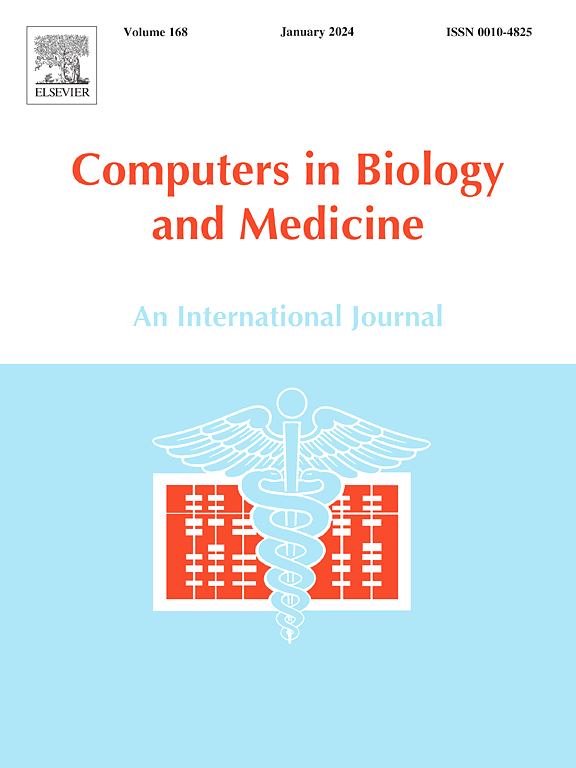X-scPAE: An explainable deep learning model for embryonic lineage allocation prediction based on single-cell transcriptomics revealing key genes in embryonic cell development
IF 7
2区 医学
Q1 BIOLOGY
引用次数: 0
Abstract
In single-cell transcriptomics research, accurately predicting cell lineage allocation and identifying differences between lineages are crucial for understanding cell differentiation processes and reducing early pregnancy miscarriages in humans. This paper introduces an explainable PCA-based deep learning attention autoencoder model, X-scPAE (eXplained Single Cell PCA - Attention Auto Encoder), which is built on the Counterfactual Gradient Attribution (CGA) algorithm. The model is designed to predict lineage allocation in human and mouse single-cell transcriptomic data, while identifying and interpreting gene expression differences across lineages to extract key genes. It first reduces dimensionality using Principal Component Analysis (PCA) and ranks the importance of principal components. An autoencoder is then employed for feature extraction, integrating an attention mechanism to capture interactions between features. Finally, the Counterfactual Gradient Attribution algorithm calculates the importance of each feature. The model achieved an accuracy of 0.945 on the test set and 0.977 on the validation set, with other metrics such as F1-score, Precision, and Recall all reaching 0.94. It significantly outperformed both baseline algorithms (XGBoost, SVM, RF, and LR) and advanced approaches like F-Score-SVM, CV2-LR, scChrBin, and TripletCell. Notably, the explainability analysis uncovered key lineage predictor genes for both humans and mice and identified crucial genes distinguishing between developmental stages and lineages. A logistic regression model built using the extracted key genes still achieved an AUROC of 0.92, surpassing the performance of other feature extraction methods, including F-Score, CV2, PCA, random feature selection, and the interpretability method Shapley. Lastly, ablation studies demonstrated the effectiveness of each model component.

求助全文
约1分钟内获得全文
求助全文
来源期刊

Computers in biology and medicine
工程技术-工程:生物医学
CiteScore
11.70
自引率
10.40%
发文量
1086
审稿时长
74 days
期刊介绍:
Computers in Biology and Medicine is an international forum for sharing groundbreaking advancements in the use of computers in bioscience and medicine. This journal serves as a medium for communicating essential research, instruction, ideas, and information regarding the rapidly evolving field of computer applications in these domains. By encouraging the exchange of knowledge, we aim to facilitate progress and innovation in the utilization of computers in biology and medicine.
 求助内容:
求助内容: 应助结果提醒方式:
应助结果提醒方式:


